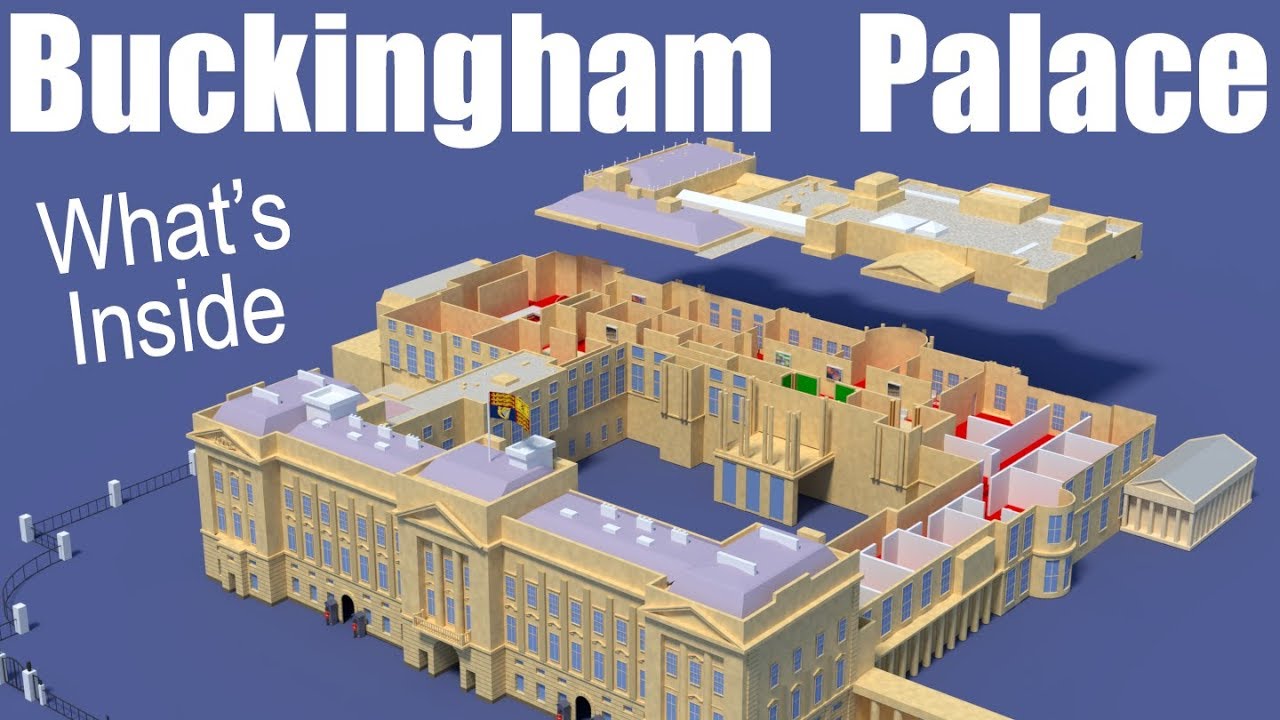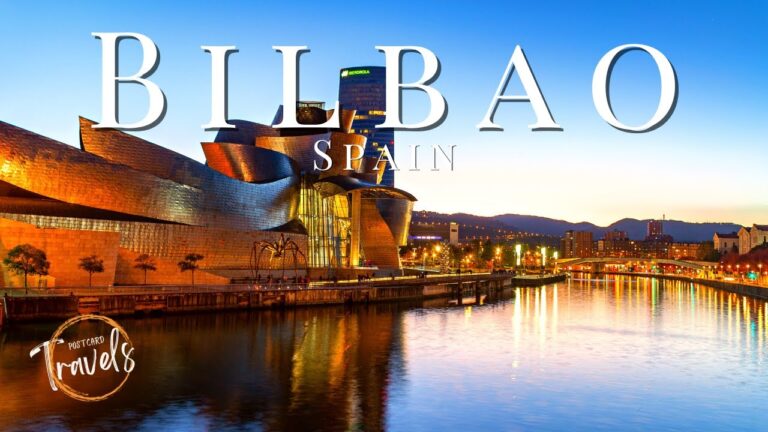When we hear the name Buckingham House, the first thing that comes to mind is the famous Buckingham Palace – the official London residence of the British monarch. But did you know that the palace started as a small house by the same name?
The Origin of Buckingham House
Buckingham House was built in 1703 for the Duke of Buckingham. The house was constructed in the area that now encompasses Buckingham Palace’s south wing. The Duke’s architects, John Sheffield and William Talman, designed the house in the popular Restoration style.
The house was bought by King George III in 1761 for the use of Queen Charlotte. It became known as ‘The Queen’s House’ and underwent several changes during its time as a royal residence.
The Transformation into Buckingham Palace
Under George IV’s reign in the 1820s, Buckingham House was transformed into the grand palace that we know today. The king commissioned architect John Nash to create a palace that reflected the king’s own elegance and refined taste. Nash added the famous balcony, which later became the location of the royal family’s appearance during public events.
Throughout the years, several renovations and additions have been made to the Palace. One of the more recent additions was the north-west front, which was added by Sir Aston Webb as part of King Edward VII’s renovations in the early 20th century.
Fun Fact:
Buckingham Palace is home to a staggering 775 rooms, including 19 state rooms, 52 royal and guest bedrooms, 188 staff bedrooms, 92 offices, and 78 bathrooms.
Buckingham Palace Today
Today, Buckingham Palace ranks among the top tourist attractions in London. Visitors can take tours of the palace to see many of the state rooms and learn about the palace’s history. During the summer months, when the queen is at her Scottish retreat, visitors can take a tour of the state rooms, which are open to the public.
The Change of the Guard Ceremony at Buckingham Palace is another popular attraction. This ceremony is a longstanding British tradition that involves the changing of the guards outside the palace gates, accompanied by music played by a regimental band.
Conclusion:
From its origins as a small house in 1703, Buckingham House has undergone many transformations to become the grand palace that we know today. The palace is not only the official residence of the British monarch but also an important tourist attraction in London. The palace’s unique architecture, history, and traditions make it a must-visit destination for anyone visiting London.




